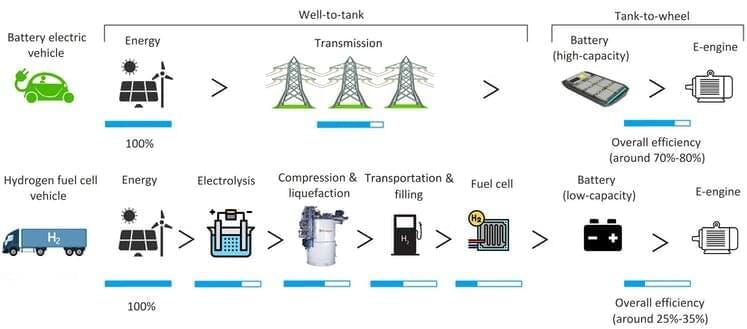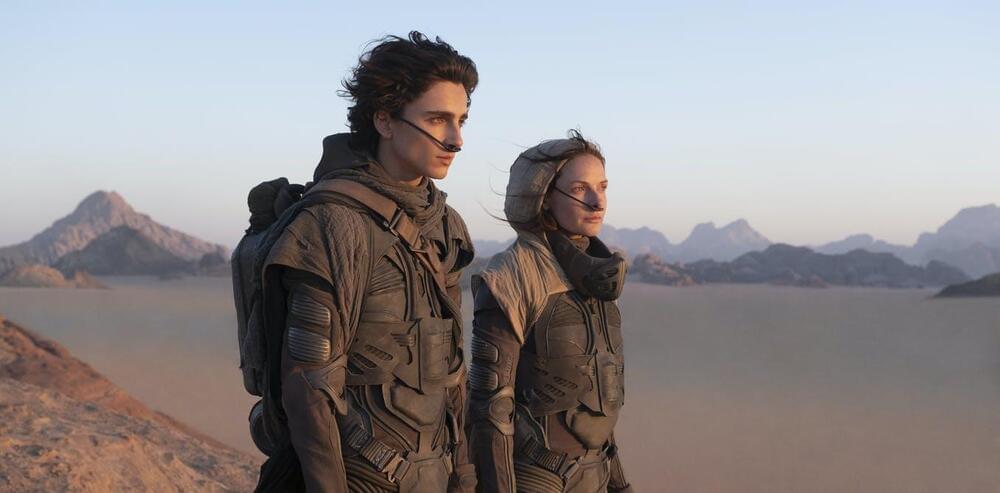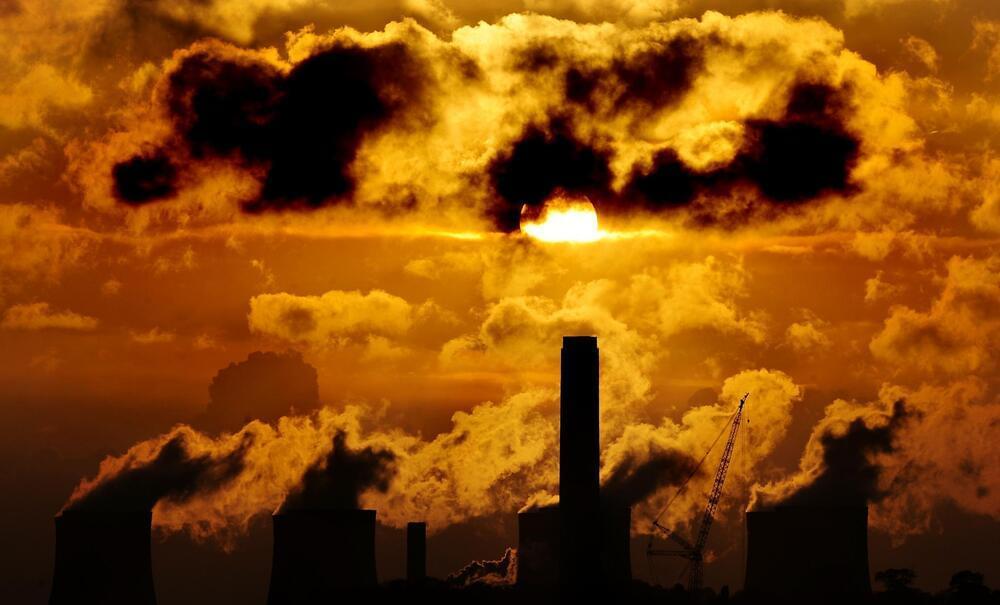Across all sectors, organizations are grappling with rapid transformation. On top of that, there are enormous global shifts and challenges to contend with, such as climate change, and shifting political and economic power. To put it bluntly, our world is changing fast. And organizations must learn to adapt accordingly.
These eight major trends provide a snapshot of how business operations are evolving to suit our rapidly changing world.
Full Story:








